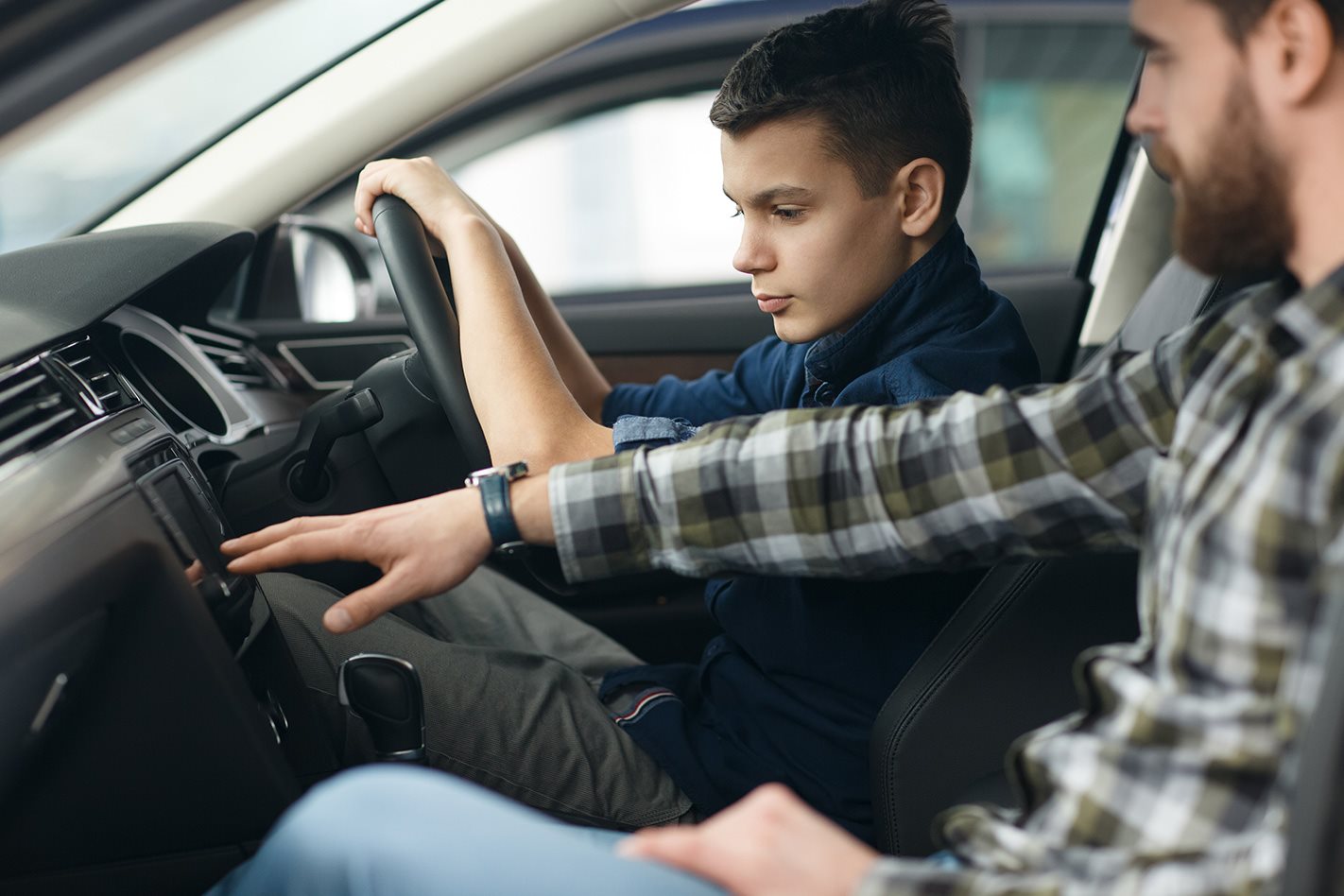
They’ve done it! You’ve driven them home from the leaner’s permit test, they’ve passed, and that receipt stapled to a printout now clutched in their sweaty palm is pretty much a reserved ticket to a future of freedom behind the wheel of a car.
But the next step is a big one: taking them out onto the road for the first time. Here are our top eight tips to making sure the first time they jump behind the wheel is as positive an experience as they can get.
1. You’ve been there before
Yep, once it was your mum or dad handing you the keys and nodding in the direction of the car.
Have a good, long think about how your parents reacted to your early drives. You probably scared the living daylights out of them, but they sat there, grim faced and sweating, and offering measured encouragement rather than panic-laced criticism.
Check your attitude at the front door. Learning to drive is an exhilarating experience, and the values you instil at the start will go a long way to ensuring the future driver beside you will maintain the same positive composure each time they jump behind the wheel.
Can’t do it? Think about paying for professional lessons.
2. Start practising early
More often than not, you travel places together, so why not let the budding driver get familiar with the basics even before they get their learner’s permit? Let them jump behind the wheel in the driveway and start the car to get used to it: one of the most embarrassing things is the grind of a starter motor as you muck up the cranking process, or try to start a car that’s already running.
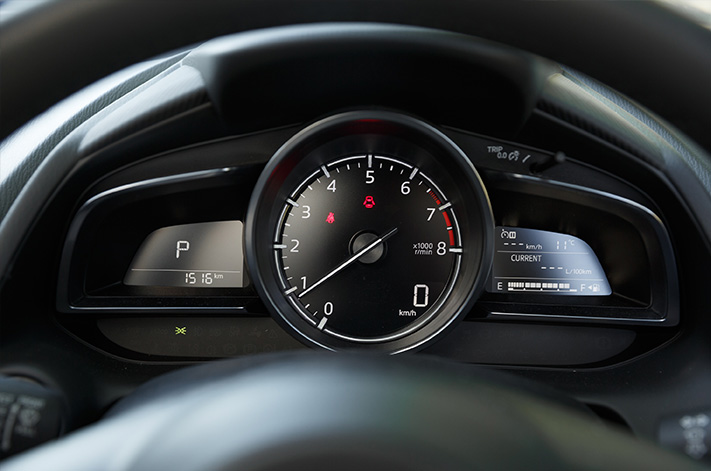
Another fun thing is to put them behind the wheel of your favourite driving sim on a gaming console; get them to master a stretch of virtual road at a nominated speed limit without either crashing or straying out of a lane.
3. Get comfortable behind the wheel
Finding the correct driving position may come naturally to you, but for someone who has never had to drive before, being comfortable behind the wheel is paramount. Adjust the seating position so that the driver can comfortably see both the road ahead, and the instrument cluster in front of them.
Not sure what’s best? Have a look at our seating adjustment guide.
Make sure they’re dressed appropriately, too: thongs or high heels are somewhat inappropriate when behind the wheel.
4. Set the mirrors correctly
The mirrors should be set so that they require the minimal amount of head movement, yet provide the maximum amount of cover. Once the new driver has set a comfortable driving position, it’s time to set the rear-view and side mirrors.
The idea for the rear-view mirror is to show as much of the back window, and as little of the car’s interior as possible. Some rear-view mirror systems adjust for height as well as angle, so make sure the mirror is high enough that it doesn’t obscure the driver’s vision of the front left area of the car, or sit at an angle that limits rearward line of sight.

The wing mirrors? Adjust them so the horizon lines up in the middle of the glass, and then push them outwards until the inside edge of the mirror just reflects the side of the car. This means you see more of what’s behind you, and less of how dirty the car happens to be.
Still confused? Here’s our handy guide.
5. Learn where all the switches are
Modern cars are dead-set mongrels when it comes to the layout of switchgear. Euro- and US-centric cars generally have indicators on the left, Japanese cars have them on the right, and the rest just seem to make it up as they go along.
Having to consciously think about, and then look for, the indicator is a distraction new drivers shouldn’t have to think about. A little bit of familiarity with the car will go a long way to ensuring that under pressure, the novice driver will be flicking the indicator to change lanes rather than sending the windscreen wipers into a flapping frenzy.
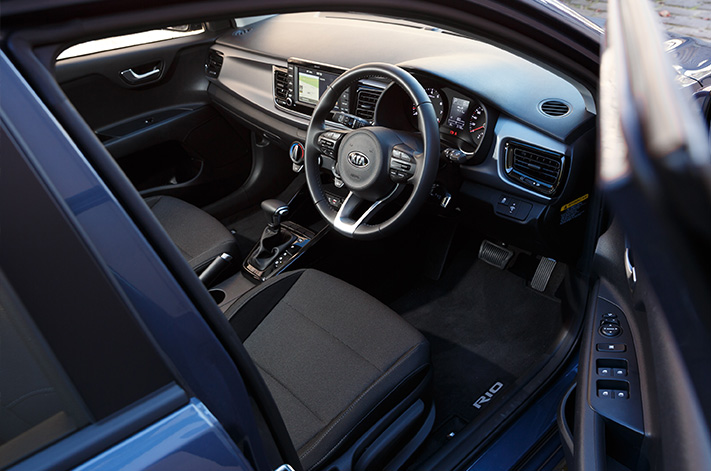
Turn it into a pre-drive game: as the car warms up in the driveway, quiz the driver on the location of lights, horn, windscreen wipers – and even the stereo system’s volume controls. After all, that’s likely to be the first thing they’ll be reaching for the moment you’re not in the car with them.
6. Switch off
One of the biggest threats on our roads are distracted drivers. The buzz of a phone signalling an incoming message can be just as dangerous to a novice driver – and experienced ones, for that matter – as driving too fast in the rain.
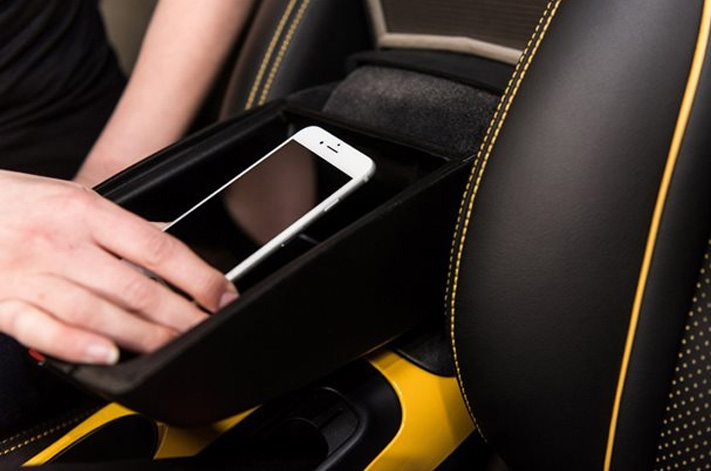
Switch electronic devices to silent, and place them out of sight in the glovebox or the centre console. Switching off while learning to drive could encourage future drivers to make it a lifetime habit.
7. Pick your moment
It’s best not to take someone out for a lesson if the roads are swamped under record 24-hour rainfall, it’s just about to turn into the madness of rush hour, or you’re at the foot of a mountain heading up to the snowfields.
Think of empty, wide back roads, such as those that wind around an industrial estate on a weekend, or even a well-lit railway station car park at night. As basic accelerating, stopping and turning skills build, aim the car for more highly trafficked, day-to-day situations.
8. Embrace the technology
Features such as cruise control – and even active versions that automatically accelerate and brake the car – lane diversion systems that bump the steering wheel or rattle the seat, and even fatigue monitors are becoming more widespread as they become more affordable.
They can be of a great help to novice drivers, but until they know what these systems are and do, feeling them kick in can be very disconcerting.
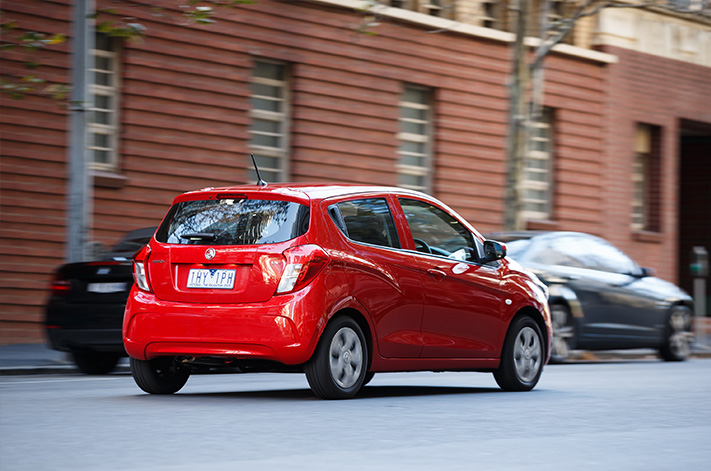
Make sure the novice driver knows what these systems are, what they do, and even demonstrate them. Something as simple as anti-lock brakes, which mean the driver doesn’t have to lift their foot off the brake pedal to perform a full emergency stop, could one day make a big difference.
By the time the novice driver gets around to buying their own ride, chances are these systems will be an integral part of the car.
Bonus question: Manual or automatic?
One of the big questions is whether you should teach someone to drive in a manual car rather than an automatic one. There are big pluses and minuses to both.
Teaching someone to drive in an automatic car is easier than in a manual one because all the learner driver needs to concentrate on are the brake pedal, accelerator and steering. Throwing in a clutch pedal and the added complexity of a manual gearshift means getting over the early nerves has yet another layer of complexity, and moreso if the car stalls in traffic.
Once a driver earns their licence, those approved to drive a manual car are also allowed to drive an automatic one. It doesn’t work the other way, though; gain your licence in an automatic car, and by law you can’t drive a manual one.
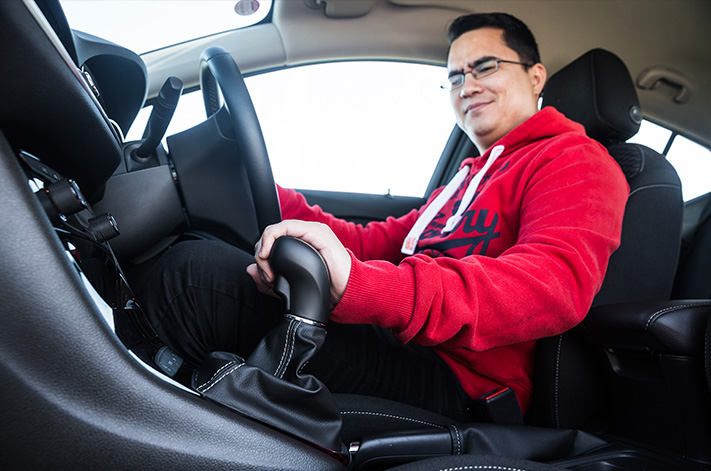
Okay, so with more than nine out of every 10 sales in Australia favouring automatic gearboxes, this isn’t a problem, right? But what if your child ever wants to go and live or work in Japan or Europe, where four out of every five sales are for a manual car?
Anecdotal evidence gleaned from around the WhichCar office suggests that if a learner driver starts to learn in an automatic car, the jump to a manual one once they have a bit of experience under their belt is a lot harder.



